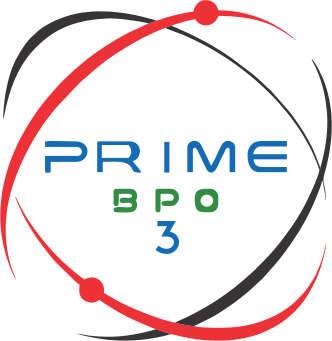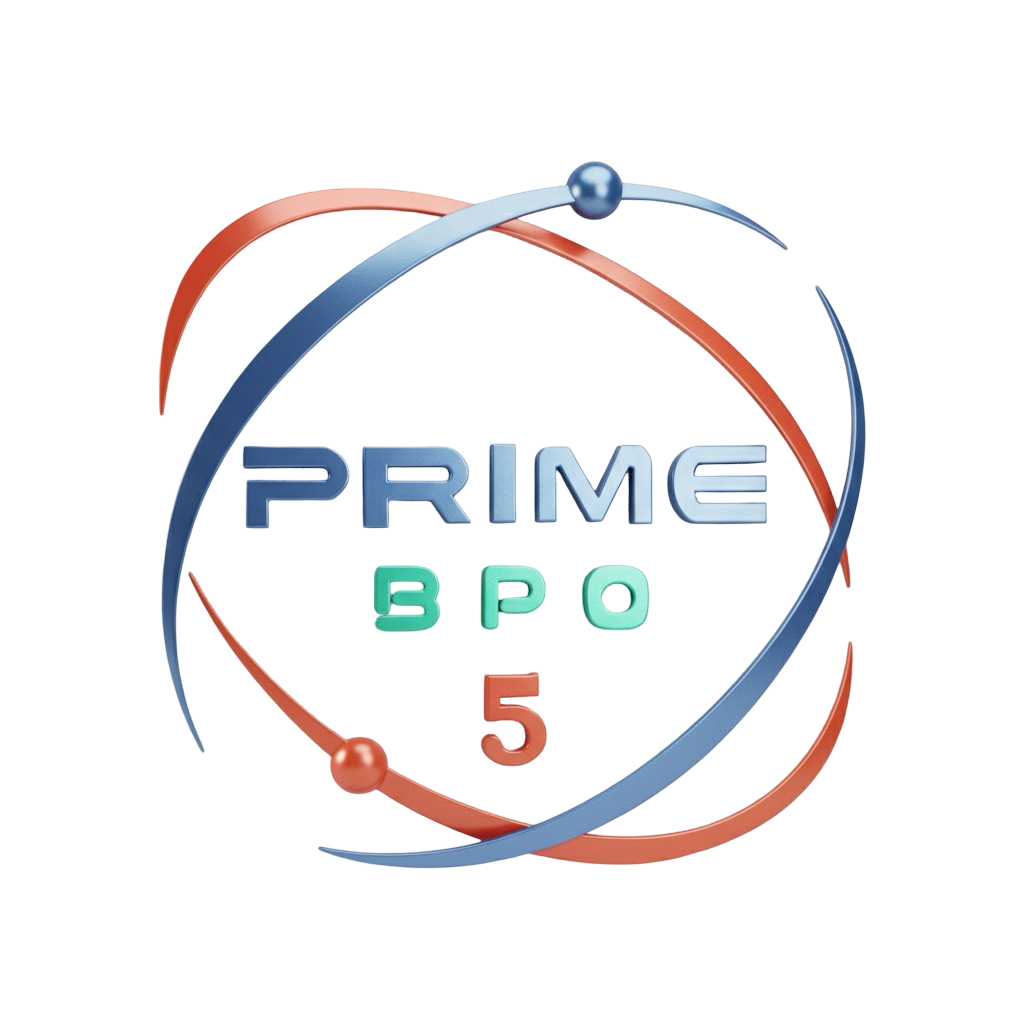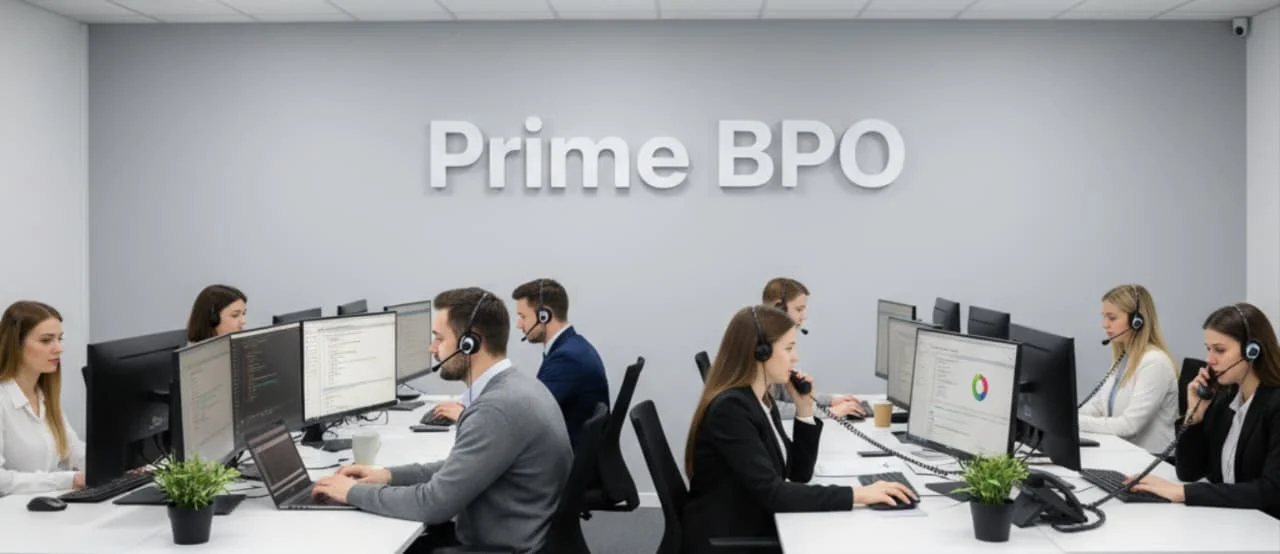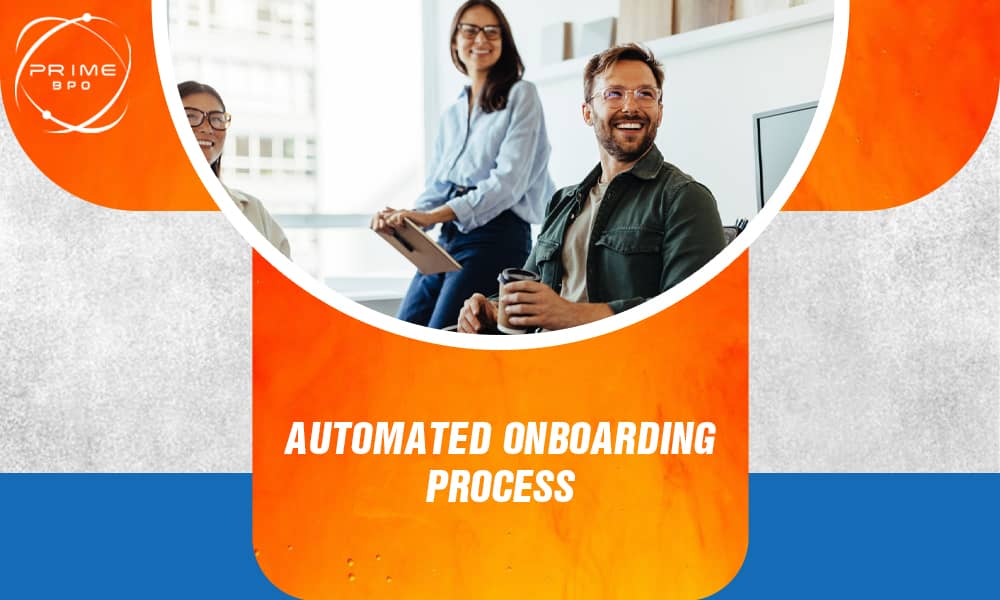For large organizations, especially with thousands of front-line workers, automation improves employee onboarding by delivering a consistent, helpful system that informs their people, supports their new-hire journey, and leads to long-term results.
That’s why we’re sharing ways to automate employee onboarding in your company. To help you get started with automating your onboarding, here are a few tips, and strategies to keep in mind.
Get Free Quotes
Customized Options Await
What is onboarding automation?
Onboarding automation refers to how teams implement technology to structure and manage their employee onboarding processes. It’s an effective way to reduce the load of administrative and repetitive tasks, maintain compliance, and ensure that every new hire has a consistent experience in their first few days at your organization.
In an effective automated onboarding workflow, an event like a new hire signing their contract triggers a cascade of actions across different processes and teams — like notifying the IT manager that it’s time to order the tech, sending out first day calendar invites to each new hire, or reminding managers to send a welcome email.
Employee onboarding automation can be implemented in a few different ways:
- Collect employee data and documents electronically.
- Create personalized digital onboarding checklists for each new hire depending on their role and location.
- Set up new employee user accounts across their tech and essential tooling.
- Send new hires key information ahead of their first day as part of the preboarding process, such as their schedule, where to go, or your new hire welcome pack.
- Create a welcome email workflow to connect new hires with their team and manager.
When done well, onboarding automation can streamline the whole onboarding process by taking on the most time-consuming or important tasks. There are no missed emails, forgotten steps, or waiting around, and everyone involved is able to work more efficiently to welcome new starters.
And when your new team members have all the information and support they need to get started, they’re more likely to feel engaged right from the get-go. The result? Happier, more efficient, and more productive employees.
Five ways to automate employee onboarding process
Being thoughtful about how and where you implement automation in your onboarding process is critical to creating a great experience for all. Knowing what to automate will depend on your onboarding process and the outcomes you’d like to achieve.
Here are five great ways to automate your onboarding process that will help you increase efficiency, improve communication, and create a better new hire experience.
1. Automating your email and calendar invites can help to keep track of who is coming and when.
During the onboarding process, effective communication and coordination — both for new starters and your existing team — are critical. 2022 data from Leena AI found that 40% of organizations say there’s a disconnect between the talent acquisition process and onboarding. 34% of organizations surveyed reported experiencing up to 15% employee drop-outs before their first day.
Better communication can ease this early turnover risk — but when you’re onboarding multiple employees at once, doing this manually can quickly take a toll.
Automating repetitive tasks, such as sending email welcome packs, sending first day calendar invites, or new starter email reminders to hiring managers means organizations can streamline communication and create a smoother transition for both the new hire and their team. This means nobody accidentally gets missed off the invite, there are fewer scheduling headaches, and that all of your internal stakeholders are ready to welcome their newest co-worker.
2. Automating your new hire paperwork can help to ensure that all the required forms are completed and filed properly.
Paperwork is part and parcel of each new hire. But the manual load of collecting, filing, and submitting documents for due diligence can be costly.
A 2019 Ernst & Young report estimated that the average labor cost of manually uploading employee data to your HRIS stacks up to just under $46. It might not sound like much — but when you multiply that by the number of new hires, it’s a cost that quickly adds up. Plus, manual processes are often more error-prone. With stricter regulations in effect as of November 2023, submitting mistake-laden essential compliance like Form I-9 or E-Verify can result in huge fines.
With automation, organizations can automatically send reminders, collect documentation, and manage employee signatures electronically, increasing efficiency while reducing the likelihood of errors or a compliance penalty.
3. Automating your orientation process can help new employees to get up to speed quickly.
Your employees’ first few days at your organization are filled with an endless deluge of information. Helping them get up to speed with your culture, policies, and role quickly without feeling like they’re drowning depends on efficient information delivery.
Integrating automated onboarding software as part of employee preboarding can manage this process more effectively.
Instead of manually sending all of the documents, files, and links through on the first day, try automating an email flow that drip-feeds key information or tasks for new hires prior to their start date. Organizations can also set up a workflow that automatically prompts hiring managers to send a welcome swag bag, or set up a welcome meeting or lunch.
4. Automating your training process can help employees to learn the ropes of your company quickly and easily.
The onboarding process is defined by learning. It helps new hires understand your organization and its culture, see where they fit, and gives them the resources and knowledge they need to fulfill their role.
But according to research, employees can take a full year to ramp up to full productivity. According to a 2023 study, low employee satisfaction in on-the-job training can result in increased turnover intention. Optimizing this learning experience is essential to not only aiding your new hires to add value more quickly, but also to help them feel confident and competent in their roles.
When organizations automate their employee training, they have a more consistent way of training new hires that doesn’t depend on back-to-back meetings, or a single person — like a manager — delivering the information. As a plus, you can even create customized learning journeys that both reflect each new starter’s role, responsibilities and individual learning needs, and scale across different office locations and working setups, like hybrid or remote working.
5. Automating your feedback process can help to ensure that new employees are constantly getting feedback and improving their performance.
Feedback is essential to driving employee performance. In the onboarding process, it gives your employees vital context on where they need to grow to perform at their best.
A 2019 study found that when new hires regularly seek and receive feedback during their first few weeks, it not only helps them understand what’s expected of them in their new role, but also helps them assimilate the organization’s culture and reduces their likelihood of quitting.
But when hiring managers are onboarding multiple new hires at once, it can be challenging to give each the timely feedback and attention needed to nudge performance in the right direction.
Feedback should always be given by a human, but organizations can use automation to make this process more scalable. Automated onboarding milestone tracking, for example, means managers and new hires can stay aligned on onboarding progress, and course correct or unblock challenges where necessary. Organizations can also implement automated scheduling for check-ins like one-on-ones to make sure managers have regular touchpoints with their new hires.
But remember that feedback works both ways — you can also automate your processes to request feedback and find out how your onboarding process is performing, too. This will help you make continuous improvements to your onboarding process.
Get Free Quotes
Customized Options Await
Automated onboarding: Balancing employee experience with efficiency
Thoughtful automation of your onboarding process can lead to some huge wins for organizations — both from an efficiency perspective and for employee experience.
Teams can integrate automation in their onboarding process in a few ways to reap these rewards:
- Automating new hire emails and calendar scheduling
- Eliminating errors from employee documentation and compliance
- Creating orientation workflows to help new hires get up to speed more quickly
- Personalizing and automating new hire training at scale
- Building automated feedback loops to keep new hire performance high
Conclusion
Finally, does automation take away human interaction?When you think of automation, your natural follow-up thought is whether it isolates us from other humans. Contrary to popular belief, automation does not isolate us from human interactions. In fact, it creates more opportunities for people to connect and build relationships.
Well, contrary to the popular belief, automation in fact, creates more opportunities for people to connect and build relationships. When you automate your onboarding process, most simple queries and tasks are handled automatically regardless of whether they are working in a hybrid or remote setting.
References:






